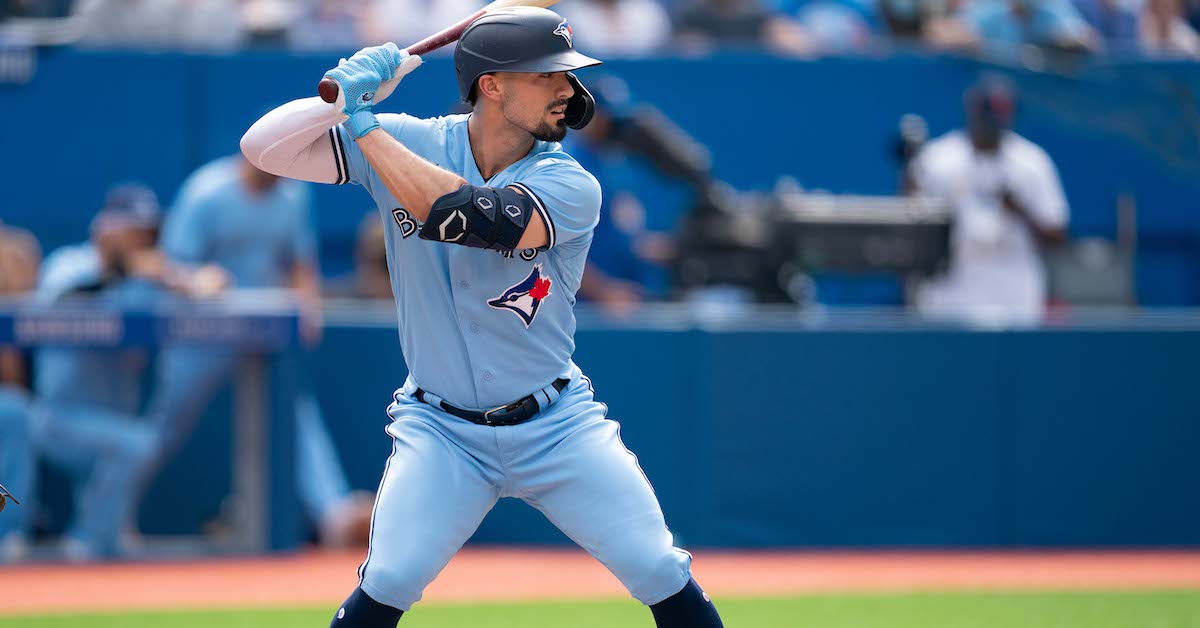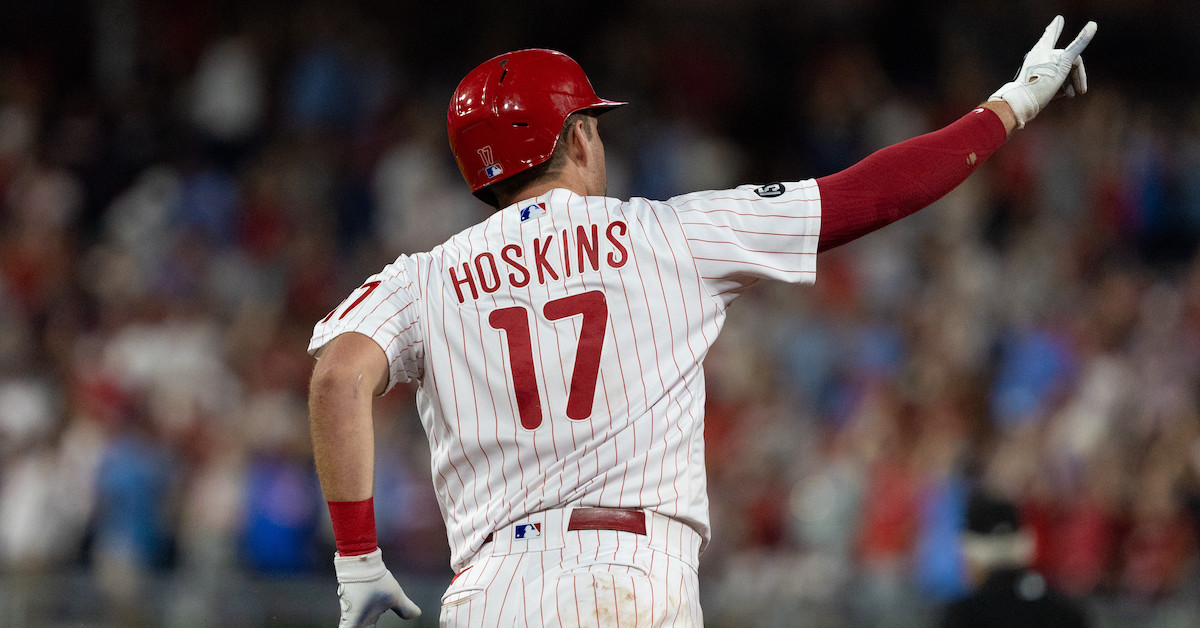Ketel Two: Marte Signs New, Better-Paying Extension to Stay in Arizona

The free-agent signing bonanza might have come to an end, but that doesn’t mean that this compressed offseason doesn’t have anything left on the transaction front. On Sunday night, the Diamondbacks and Ketel Marte agreed to terms on a five-year extension worth $76 million that could keep him in Arizona through 2028 thanks to a team option.
Articles like this generally contemplate the player who just signed the extension, and we’ll definitely get to that, but the contract sounds so light on the surface that I think we should talk about that first. There’s one obvious reason that the total guarantee doesn’t jump off the page: Marte was already under contract through 2024 thanks to an extension he signed before the 2018 season. He signed that one only 1,000 plate appearances into his career, and it was quite team-friendly: five years and $24 million, with $11 million and $13 million team options tacked on to the end. He broke out in 2019 with a 7-WAR season, which made him one of the most underpaid players in the game.
Those club options are no more, because Arizona ripped them up to sign Marte’s new contract. He’ll receive the $8.4 million he was due this year and then another $76 million from ’23 to ’27. But since the Diamondbacks were certain to pick up those options, we can think of this deal as a three-year extension worth $52 million starting after the last option year.
Read the rest of this entry »







